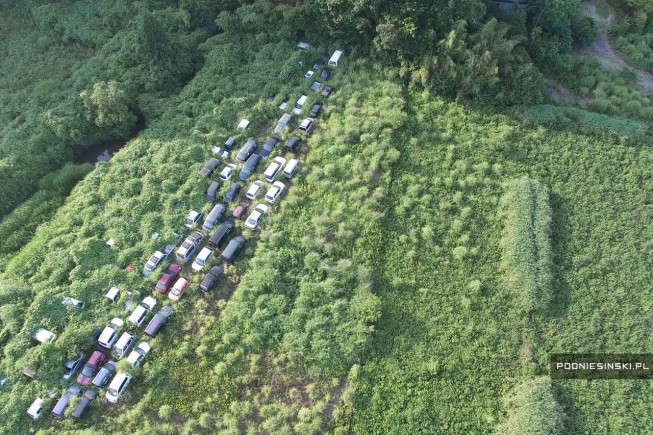Polish photographer Arkadiusz Podniesinski–whose made a career of photographing abandoned and forgotten places–travelled to the site of the Fukushima nuclear disaster in September and has released a selection of images he captured within the 20km (12.5 mile) Exclusion Zone around the Fukushima Daiichi nuclear power station.
They are, to say the least, breath-taking. They are like a photo essay from the end of the world.
The images reminded me of the book The World Without Us, by Alan Weisman: a non-fiction thought-experiment about what would happen to the natural and built environment if humans suddenly disappeared. Weisman details how our cities and houses would deteriorate (they’ll be forests within 500 years), how long man-made artifacts would last (hint: a really long time), and how remaining lifeforms would evolve without us around.
Weisman concludes that radioactive waste (along with bronze statues, plastics, and Mount Rushmore) would be among the longest-lasting evidence of human presence on Earth. Indeed, without human monitoring and intervention within weeks the world’s nuclear plants (over four hundred of them) would all melt down, while our petrochemical plants would erupt in flame, spewing poisonous clouds for decades to come. All the while, the world would slowly become wilderness again, with carbon dioxide levels returning to prehuman levels after the geological eyeblink of a mere 100,000 years.
If we could send back photos from the World Without Us, well, I rather suspect they’d look a lot like the photos from Fukushima.
– S.

